Khabar Khair (Only Good News)
The World Bank launched a project to restore education in Yemen. The project included providing food and other school-related expenses. The lack of these needs prevents many families from sending their children to school.
The project targeted the most vulnerable areas in education across the country, especially areas of residence for the displaced. In its report, the Bank states that more than 2.400,000 Yemeni children of school age are no longer able to enroll in schools, about 8.500,000 children of primary school age need humanitarian assistance, and about a third of the population need food and clothing aid.
The aid includes performance-based payments for teachers, teacher training, distribution of educational materials and school supplies, and rehabilitation of school infrastructure, including water, sanitation and hygiene, and school feeding.

The project will be funded by International Development Association (IDA) and the Global Partnership for Education (GPE). It will be implemented in partnership with the United Nations International Children’s Emergency Fund (UNICEF), the World Food Program (WFP) and Save the Children, and in close cooperation with the Yemeni Ministry of Education. The project aims to reach about 600,000 children in seven Yemeni governorates.
The report also stated that a third of educational facilities have been destroyed due to the ongoing conflict in Yemen despite the importance of education to enhance children’s capacities and shaping a brighter future for them and their country. Going to school is a daily nightmare for many children and their families in countries suffering from conflicts and the resulting economic downturn.
Save the Children has reported that millions of people in Yemen suffer from the harmful effects of violence, an ongoing economic crisis and severe funding shortages. This has led to high levels of food insecurity and lack of access to basic services. It also stated that half of the humanitarian response plan was funded last year. The children’s sectors were among the least funded. Child Protection received only 6.8% of the requested funding, and the Education Response Plan received only 12.2% of the requested funding.


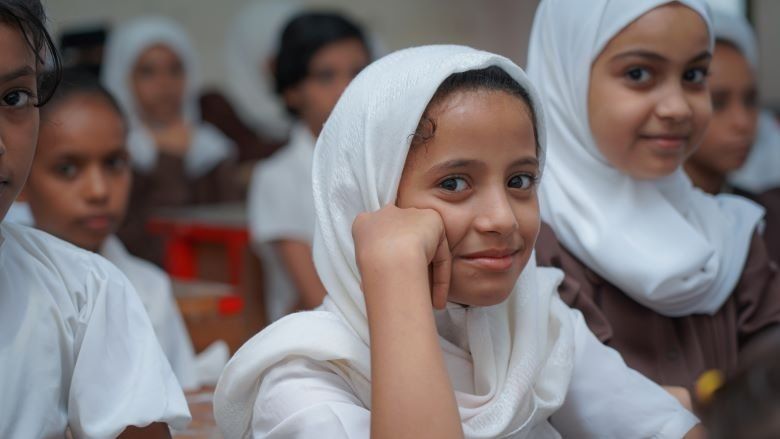

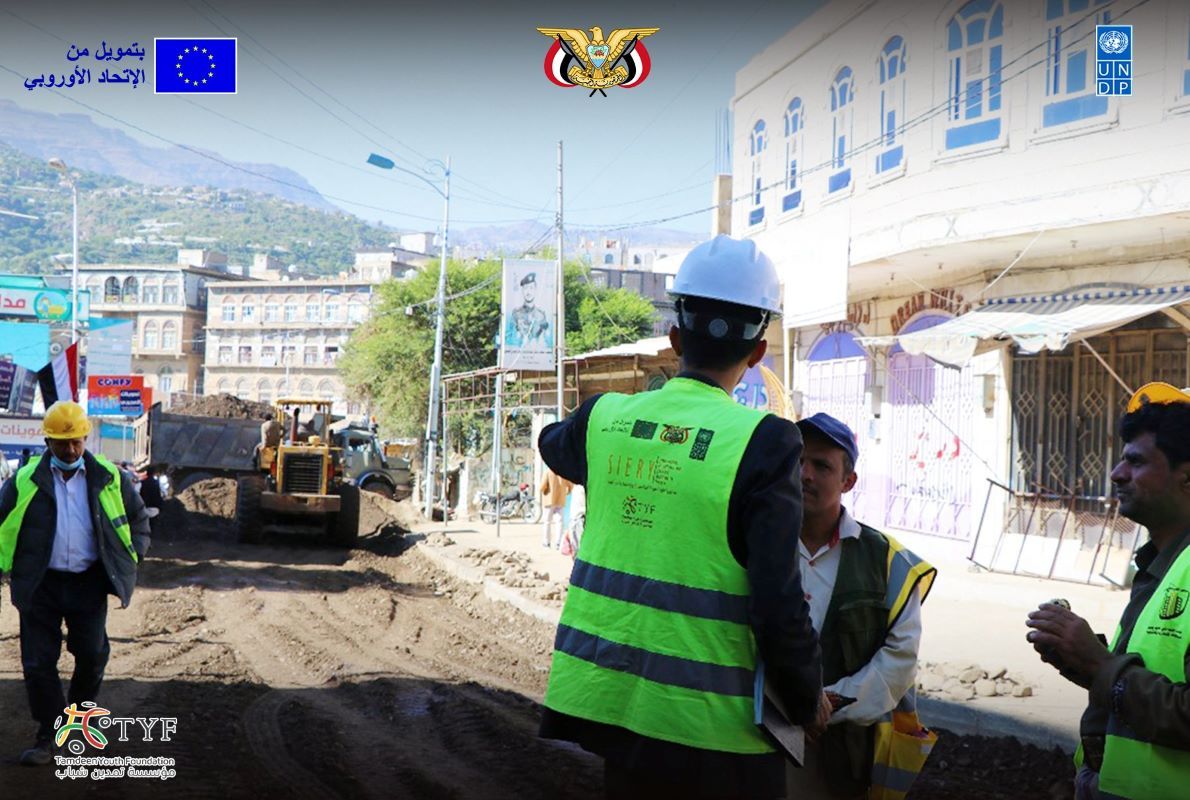
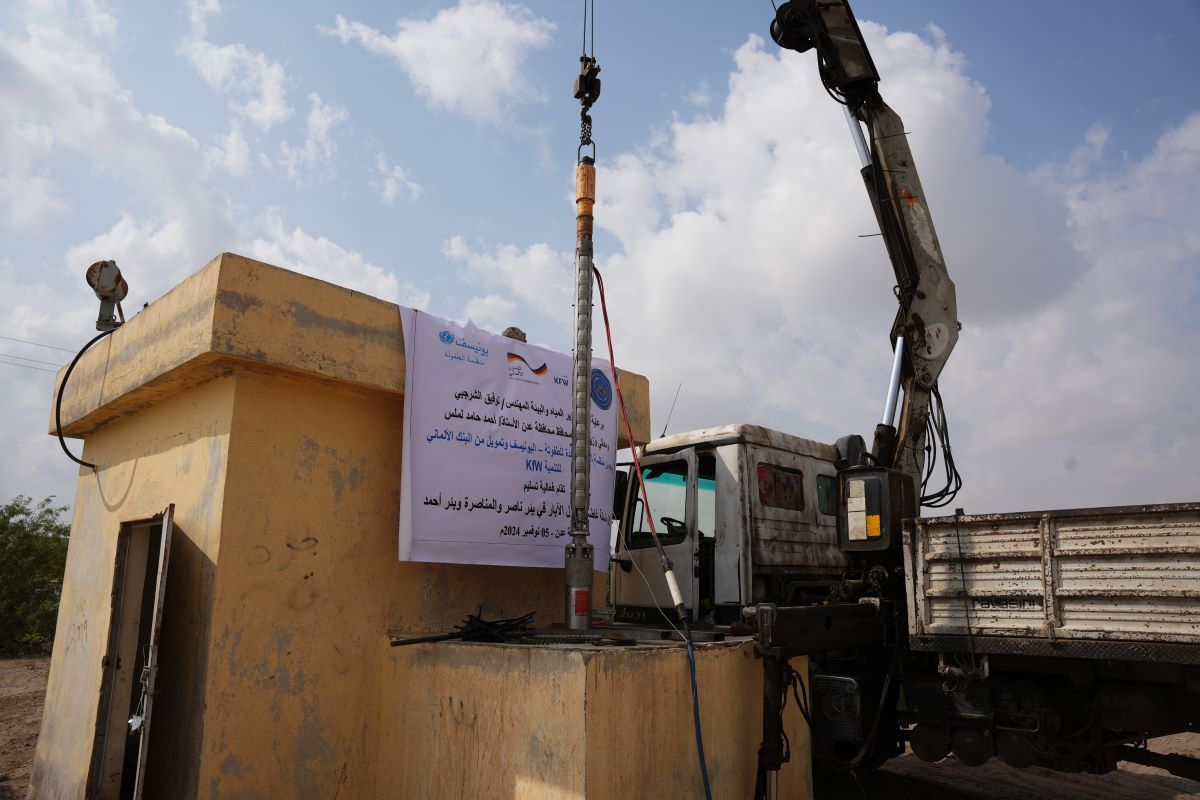
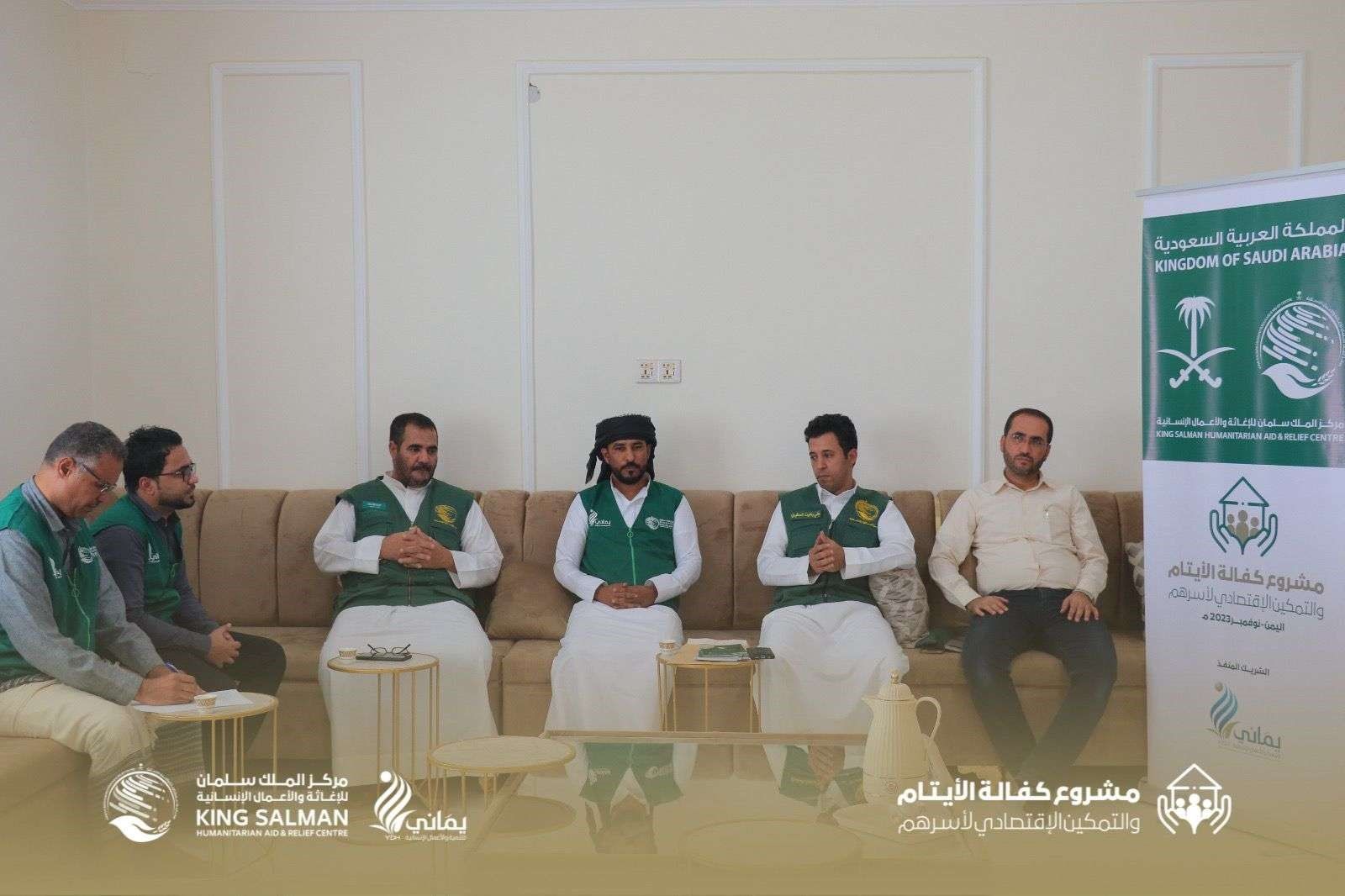
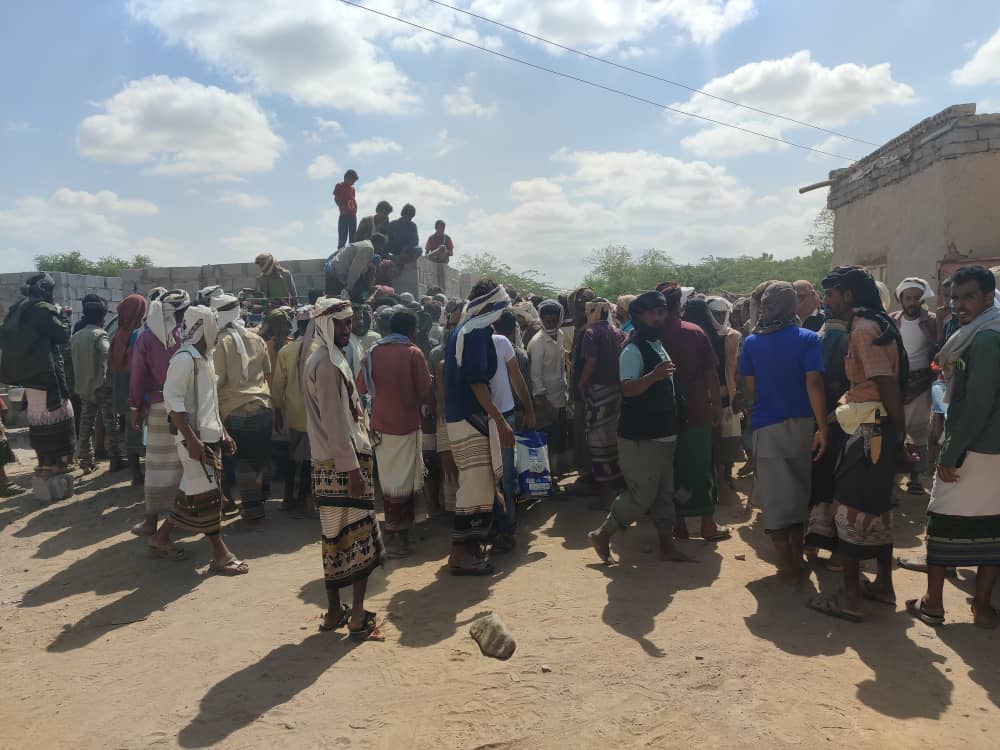
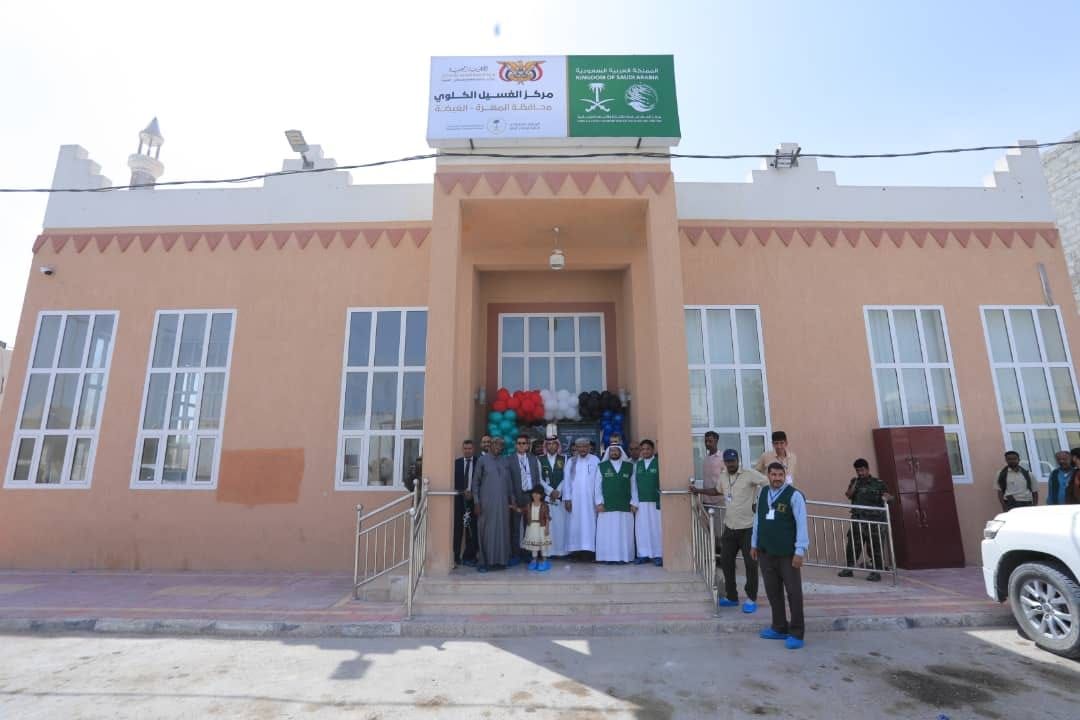

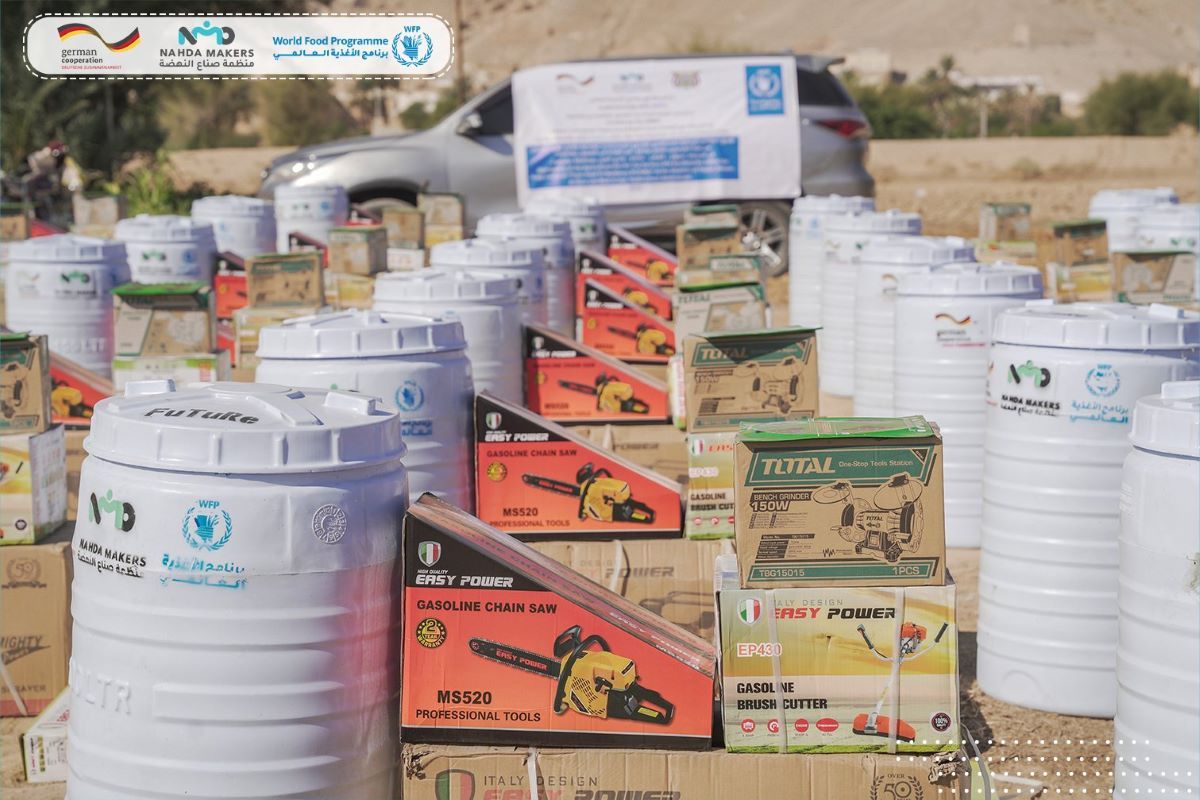

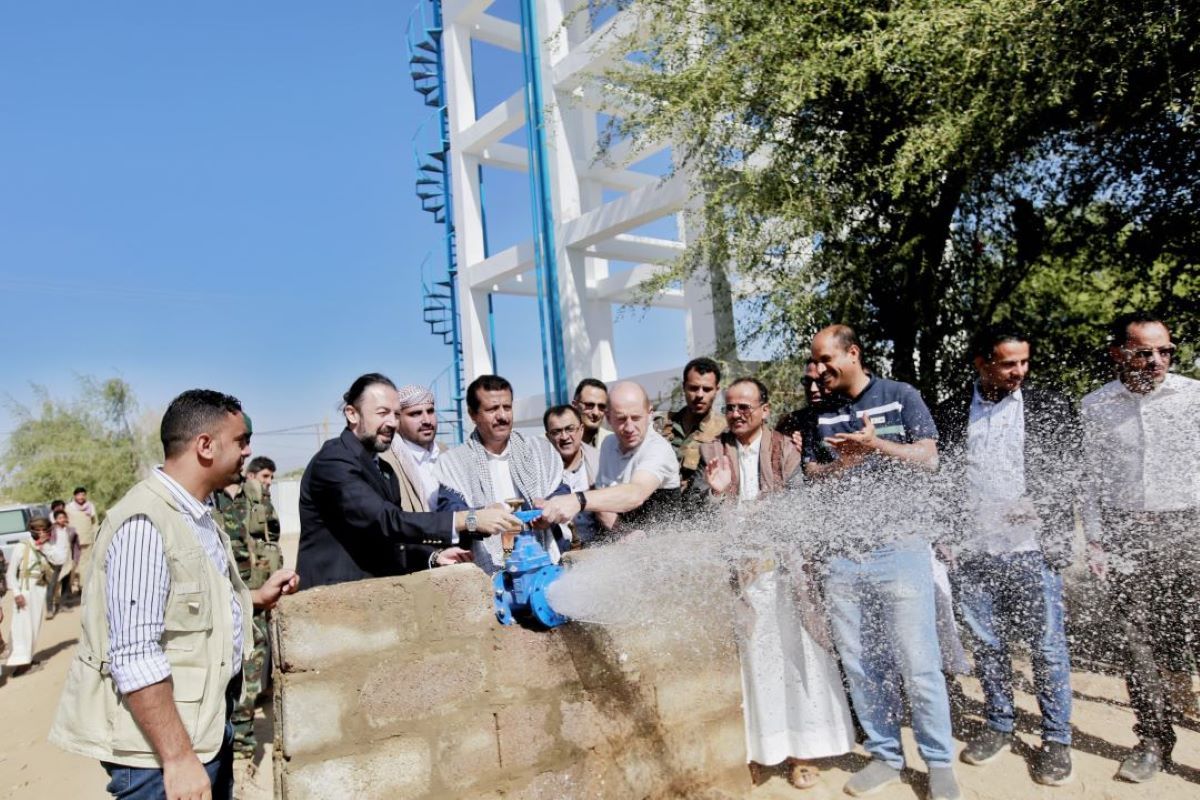
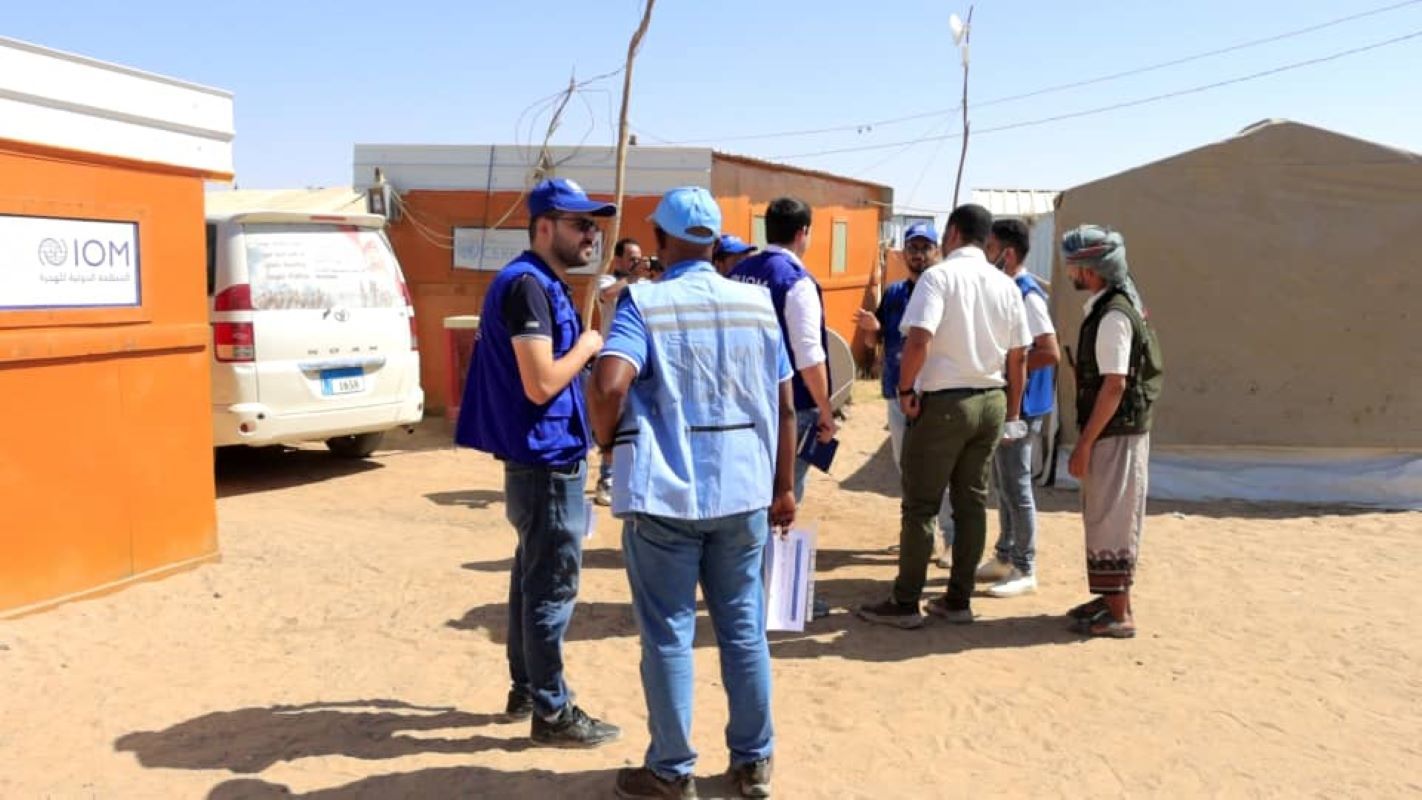


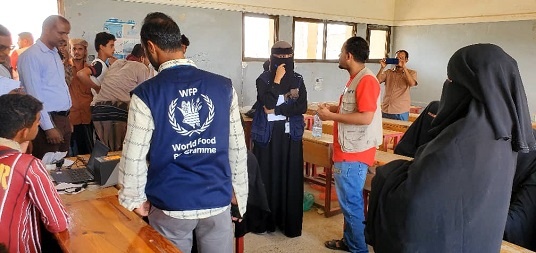
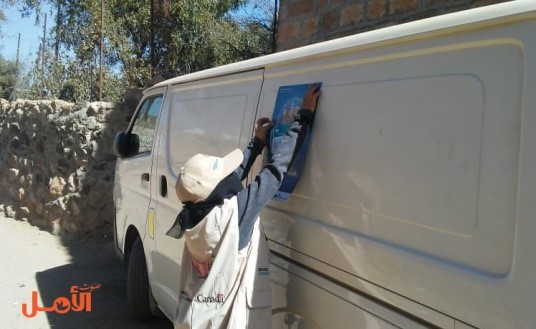
LEAVE A COMMENT